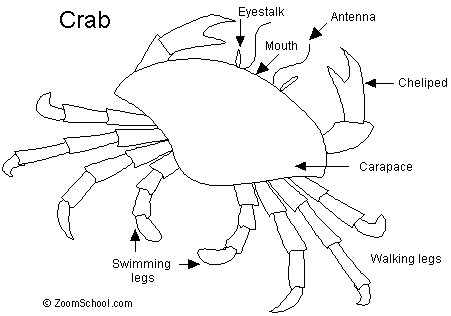Broadly speaking, animals can be studied in two ways. We may concentrate our attention on the living machine and investigate the relationship of parts of the organism to each other and the relationship of its processes to the properties of non-living systems. We may also be interested in the differences between different kinds of animals and investigate how these differences have arisen.
Though no two animals of the same sex are exactly alike, it is a matter of common observation that some are much more alike than others, and that individuals which are very much alike interbreed and in so doing preserve their common characteristics.
Individual animals, which preserve the common characteristics of their species through breeding, which distinguish them from other animals by only breeding among their own kind, are called species. Here nature supplies the barriers. When humans segregate them into different types they are called breeds, strains, races, domestic varieties or pure lines.
The Historical Origin of Animal Species
During the previous century scientific workers accepted the doctrine of evolution in its general sense. Evolution is the belief that species change over the course of time and that the immense variety of living animals have a common ancestry.
The first attempt to make a complete survey of available information concerning animal life is included in the Systema Naturae. This was published in the middle of the eighteenth century and originated from the practice of contemporary botanist Carolus Linnaeus. He adopted the convention of arranging animals in different grades of resemblance. Species are grouped into genera, genera into families, families into orders, and orders into classes.

Tapeworm
Click here to view a video that explains animal classification.
Each species has two descriptive names that describe the specie e.g. Cattle are called Bos taurus or Bos indicus. “Bos” indicating the genus.
The concept of evolution theorises that over millions of years, mutations in the genes of living organism generates variation. Some of the mutations may change the organisms to the benefit of the organism and make it more suitable to live in a certain environment. Other mutations may be the cause that the organism becomes extinct.
During the course of millions of years some organisms developed into what we classify today as animals. Animals can be very small microscopic organisms with certain characteristics of more complex animals. A good example is the amoeba: a single cell organism. Some of the microscopic animals also contain chlorophyll which makes it difficult to decide whether they should be classed as animals or plants. The simplest animal of all consists of a single cell. They are called protozoa: from two Greek words meaning “first animals”. A little more complex form of animals are the sponges which are multi-celled animals.
Progressing to the more advanced body system (or more complex life forms) are the parasitic animals like the tapeworms and flukes. They are called flatworms and consist of three layers. They have no body cavity, respiratory system or blood and only a rudimentary nervous system.
Their importance to a farmer is that they have a detrimental effect on their farm animals. As one progresses further in complexity into the Animal Kingdom, the animals gain a gut to digest their food. Later they develop segmented bodies. Segmentation is a comparatively advanced feature and is shared by arthropods (crustaceans, spiders and insects). Each segment bears its own set of muscles, while major internal organs are suspended in a body cavity.

The Crab
The Geographical Origin of Animal Species
As species spread over a large area natural conditions in different regions will favour the survival of some mutant combinations rather than others.
Definition: Mutant combination – A chance that occur in the gene combination of the animals that might be detrimental or to the animal's advantage.
Over the course of time what was once a single specie will have broken up into several species. These species will also, over more time, do the same again. Some that are not adapted to the environment may die out.

The Cat
The differences among the progeny of ancestors, which were once recognised as a single species, will become more sharply defined, and the groups will lose their common family resemblance.
Environmental conditions such as climate and the abundance or lack of food over prolonged periods of time, continually impose on living organisms a process which forces the selection of new strains.
As the animals develop more they begin to develop specialized differentiated body parts to enable them to live in different environments.
The water dwelling animals develop body shapes, breathing apparatus and structures such as fins to be mobile and live-in water.
The land-living animals develop structures to adapt to land conditions. The land-living creatures migrate to different climates where they encounter different enemies and changing environments to which they need to adapt.
Over millions of years the animals differentiated into different species that are adapted to live in certain environments.